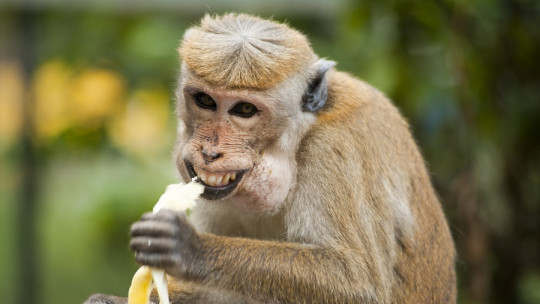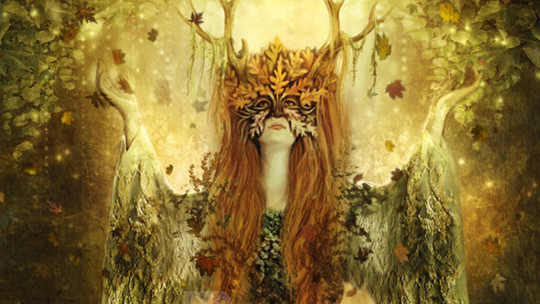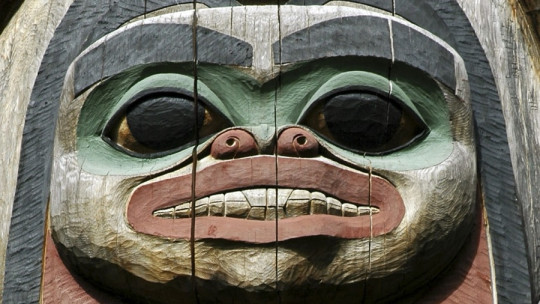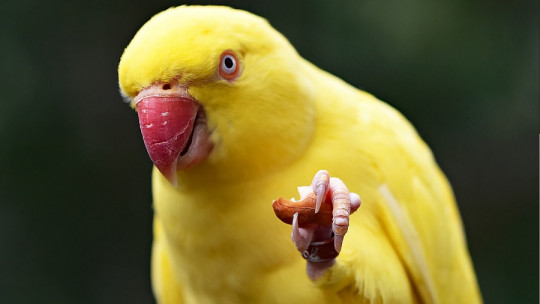
Anthropomorphism consists of granting human characteristics or traits to objects, animals or plants, to entities that are not human.
The purpose of this projection is to give peace of mind and security, the unknown or different can create insecurity or fear. Likewise, human features capture our attention more, perceiving them as closer. We see the application of anthropomorphism in different areas such as animals; in religion, to describe the gods; in the representation of extraterrestrials; in the construction of robots or in the explanation of meteorological phenomena.
In this article we will talk about anthropomorphism and we will see what its relationship is with anthropocentrism, what it produces in people and what its functionality is.
What is anthropomorphism?
Anthropomorphism consists of granting human qualities to animals, plants, objects. That is, describing living beings or objects that are not living beings or objects with characteristics typical of people. This humanization of the environment that surrounds us is done with the intention of providing us with peace of mind by describing and presenting something as known, similar to us, since otherwise what we cannot explain or do not know causes us discomfort and concern.
This projection of human traits is common during childhood, decreasing with age, although as we have pointed out it can also be present in adulthood. We see then how anthropomorphism is typical among humans, that is, we show this tendency to humanize our environment. For example, we give feelings or actions typical of people to animals or even give life to objects that really do not have it.
Relationship between anthropomorphic and anthropocentric
Both terms, both anthropomorphic and anthropocentric, refer to man, since they carry the prefix “anthropo”. Although the total meaning of the concepts is different, anthropomorphic means “form of man” and anthropocentric “the center is man”, the two terms are related, since in both cases we see a tendency to give greater importance to man and place the human being as a central being.
It is common for human beings to consider ourselves to be the most superior beings or at least to act as such For this reason and since we perceive the world from our experience as people, it is easy for us to value or describe our environment with the characteristics of our species.
As we have said, this action gives us peace of mind and provides us with greater security, we do not understand life without these characteristics that belong to us, so it is common that when we have to describe, for example, animals, we use expressions like “he is happy” or “he smiles.” It is even common to see children’s cartoons that show animals with human physical traits such as fingers or human abilities such as being able to speak.
The two concepts give priority and conceive and understand the world from the vision of man, putting humans at the center This conception also reminds us of the geocentric vision of the solar system when we believed that all the planets, including the sun, revolved around the earth, thus reinforcing their belief in the superiority and importance of people, although we currently know that this mode of system solar is not correct.
What does the anthropomorphic conception produce?
Giving human traits to our environment is something we do unconsciously, being difficult to control, since the human being does not understand the world without himself Therefore, being accustomed to using certain expressions or behaviors, it is easy for us to refer to ourselves in the same way using the same terms for everything around us. This fact creates in us a cognitive distortion, a way of understanding or seeing the world around us that is different from reality.
As we have already said, doing so gives us this security and tranquility, since it allows us to explain things or make sense of events that otherwise we would find difficult to understand, and if there is something that human beings cannot stand, it is not knowing the why of things or the lack of explanation or information about a fact. This anthropomorphism is applied in many areas; For example, we usually treat our pets or animals as if they were humans, we give them their own characteristics and act with them as if they were another person, we can even talk to them.
In addition, In the natural environment, anthropomorphism has also been used For example, when talking about the sea we can say that it is calm or furious. In the same way, we use humans’ own description to explain events that we do not understand or lack information. We see how we make the representation of a superior being, of a god, using characteristics that belong to us, both physical and psychological. In the Christian religion it is common to represent God as a man, describing him as someone good, who takes care of us, who protects and watches over us, referring to him as father.

In the absence of knowledge or information, such as beliefs in gods, we see how Nature has always been represented with human features, thus observing the tendency to explain something that we do not know or cannot know 100%. The same thing happened when our ancestors tried to explain events that were beyond their understanding, such as rain or air, they gave explanations of human behavior such as the crying of the gods or the gods blowing.
Although we currently know the reason for its appearance, and, therefore, it is not so common to use anthropomorphism, these explanations, such as those of the storm or the wind, are still used on occasion. to explain phenomena to children when they cannot understand more complex explanations
We can perceive another example of anthropomorphism in the construction of robots. Currently, with the development of technology we have been able to create machines, using characteristics of human beings both physically and psychologically, we aim to achieve the maximum similarity between both.
We also see the use of anthropomorphism to represent the unknown when making descriptions of the aliens These beings that live outside the earth can have any shape and act in any way, but when representing them in films or images we perceive the tendency to use human features such as two legs, two arms, eyes, head and we even give them the ability to speak. or emotions, as we saw in the ET the Extraterrestrial movies. It is difficult to imagine beings that are not similar to us, and doing so can cause us fear.
How does anthropomorphism affect us?
As we have already seen, anthropomorphism can generate a distortion of reality, that is, perceiving the world around us in a less objective way. If we are aware of it, it does not have to be valued as something bad. That is to say, anthropomorphism does not imply an alteration or impact on the functionality of the person, but it can be useful to know this effect and that we show this tendency in order to be more aware of reality and that not everything is so similar to us that not everything revolves around the human being, that there are distinctive characteristics just as valid as ours.
Sometimes, when the intention is to be objective, to really know the world, we must avoid this conception. For example, when studying and knowing animals we must try not to give them human traits and be aware of their animal nature that makes them unique and different from us, define them without using human words, this is the best way to be more faithful to reality.
Despite not being a recommended behavior for knowledge of the real world, it has been seen to be useful on some occasions, since in the end it is not bad for humans. Treating pets like humans (or rather giving them human traits) can help people who feel alone feel more supported
Let’s not get confused, we do not mean that the relationship with animals is a substitute for the relationship with other people, since these are not equivalent, but it can help reduce the need for social relationships that humans tend to show given our condition. of sociable beings.
Similarly, the resource of anthropomorphism in paintings, literature or audiovisuals is also frequently used, and can give greater richness to these works of art ; It allows us to connect better with people, to draw their attention more, because as we have seen, in the end, human traits are the ones that capture our attention the most, helping us feel closer to the artistic work, animal or higher being.








